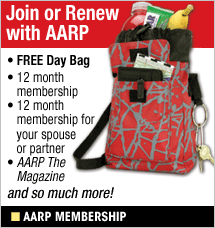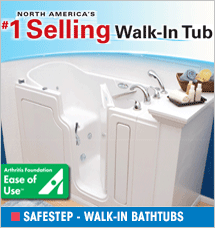
As seniors, we prepare for situations such as health, with phone lists of doctors and family members. We have our list of medications, transportation choices and so on. But, what about safety in your home, fire safety?
I have a fire extinguisher in an easily accessible place in my home. Actually, a friend bought it for me and would be a great gift for someone you know as well as yourself.
A residential fire extinguisher is a life- and property-saving tool. You should be trained in the use of the extinguisher and keep up regular maintenance on the unit.
The five classes of fire extinguishers are:
- Class A: used for fire of ordinary combustible materials such as cloth, paper, wood, rubber and plastics.
- Class B: used for fire of flammable liquids such as grease, oil (including oil based paint) and gasoline.
- Class C: used for fires of appliances, tools and any electric operated items.
- Class D: used for fires of metals commonly found in industry.
- Class K: used for fire from vegetable oils and animal fats or fats in cooking appliances in commercial facilities.
There are also combinations of the classes of extinguishers: A-B and A-B-C classed fire extinguishers can be used on several types of fires.
You will also find a number on the fire extinguisher right before the letter. The reference to this number tells you the effectiveness of that unit for combating the fire. The higher the number, the more effective the unit will be.
There are symbols used on the label to indicate the class of fire that will be extinguished with that particular unit.
Be sure to hold the extinguisher before you purchase it. You will be able to determine if it will be too heavy for you. You must be able to effectively hold and operate the unit.
Once you determine which extinguisher you are able to handle easily, the next step is to decide if you want a disposable or a rechargeable unit. The rechargeable units have metal valves compared to the disposable type which have plastic valves. Obviously the rechargeable is more expensive to purchase, but in the long run, the rechargeable will be less costly, even when the fee to recharge the unit is figured in.
Your fire extinguisher should be placed in an easily accessible area, such as by an exit. This way as you fight the fire, you will be between the fire and the exit and can easily escape.
In case of fire, persons should exit the home immediately and the fire department should be called. When the flames are small, the extinguisher can be used. If the fire is large, exit the home and leave the firefighting up to the professionals.
PASS is an easy way to remember how to use a fire extinguisher. Pull, Aim, Squeeze, Sweep. PULL the pin, AIM at the heart of the fire, SQUEEZE the trigger while holding the unit upright and SWEEP the extinguisher contents over the fire. Do this until the unit is emptied.
Once the fire extinguisher is used, replace it or refill it, depending on the type of unit you have.
There are periodic maintenance tasks you will have to do to insure your extinguisher will operate for you in your time of need.
- Look at the pressure gauge to see if the pressure is sufficient.
- Check for any signs of rust or damage.
- The hose and valve should not be loose, torn or damaged.
- The unit itself should be clean and ready to use.
Every home should have a fire extinguisher. You should be familiar on the use of the extinguisher and have a safety plan. Check with your fire department for fire safety booklets. Take a class if they offer one. Learn about fire safety. Save a life.



























































